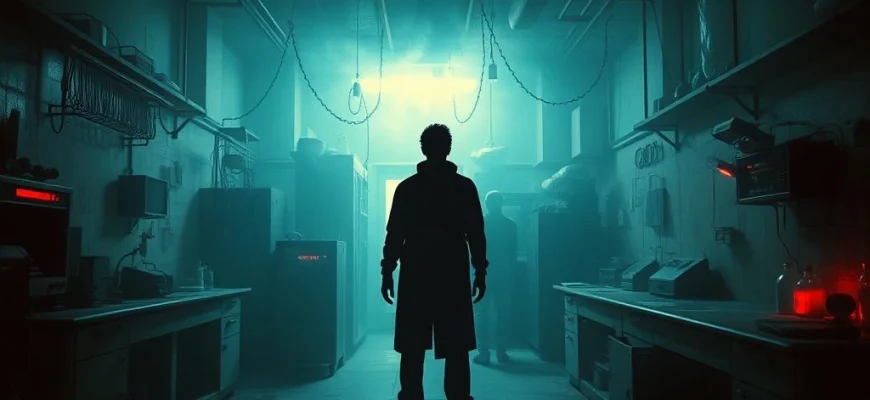If you loved the eerie suspense and psychological thrills of 'The Invisible Man' (1958), you're in for a treat! This article explores 10 movies and shows that capture the same chilling atmosphere, themes of invisibility, and mind-bending twists. Whether you're a fan of classic horror or modern sci-fi, these picks will keep you on the edge of your seat.

The Cabinet of Dr. Caligari (1920)
Description: A pioneering German Expressionist film that delves into madness, control, and the blurring of reality and illusion. Its surreal visual style and psychological depth are similar to the reference title.
Fact: The film's twisted, angular sets were designed to reflect the protagonist's disturbed mind. It is often cited as one of the first true horror films.
 Watch Now
Watch Now 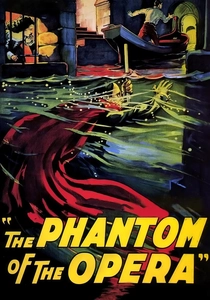
The Phantom of the Opera (1925)
Description: A silent horror film that explores themes of obsession, isolation, and the monstrous aspects of humanity. The protagonist's hidden identity and tragic nature parallel the themes in the reference title.
Fact: This film is one of the earliest adaptations of Gaston Leroux's novel. The unmasking scene is one of the most iconic moments in silent cinema.
 Watch Now
Watch Now 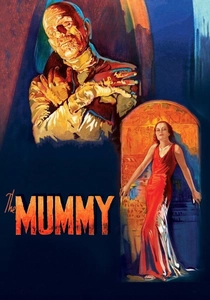
The Mummy (1932)
Description: A horror film about an ancient curse and a man brought back to life, exploring themes of resurrection and the supernatural. The film's gothic atmosphere and tragic protagonist are reminiscent of the reference title.
Fact: Boris Karloff's performance as the Mummy is iconic, and the film's makeup effects were groundbreaking for its time. It spawned numerous sequels and remakes.
 Watch Now
Watch Now 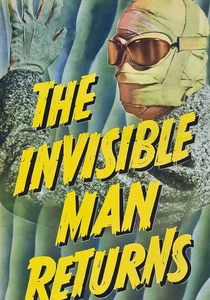
The Invisible Man Returns (1940)
Description: A direct sequel that continues the story of invisibility and its effects on the human psyche. The film maintains the original's themes of power, madness, and the consequences of scientific experimentation.
Fact: Vincent Price made his horror debut in this film, which helped launch his career in the genre. It was one of the first sequels to a Universal monster movie.
 Watch Now
Watch Now 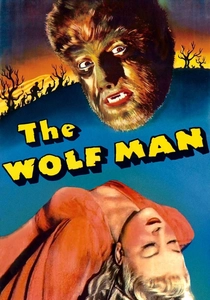
The Wolf Man (1941)
Description: A classic horror film about a man who transforms into a monster, grappling with his dual nature and the curse he cannot control. The themes of identity and transformation are central to both films.
Fact: The film introduced the now-famous werewolf lore, including the idea that a werewolf can be killed by a silver bullet. It starred Lon Chaney Jr., who became synonymous with the role.
 Watch Now
Watch Now 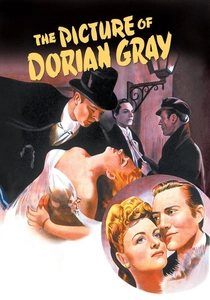
The Picture of Dorian Gray (1945)
Description: A gothic horror film about a man whose portrait ages while he remains youthful, exploring themes of vanity, corruption, and the duality of human nature. The psychological and moral dilemmas are similar to those in the reference title.
Fact: The film's use of Technicolor for the portrait scenes was innovative, creating a stark contrast with the black-and-white footage. It is based on Oscar Wilde's novel.
 Watch Now
Watch Now 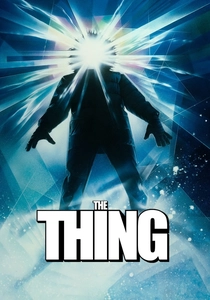
The Thing (1982)
Description: A horror film that deals with paranoia and the fear of the unknown, as a shape-shifting alien infiltrates a research team. The film's tension and psychological horror elements are reminiscent of the reference title.
Fact: The film's practical effects, created by Rob Bottin, are still considered some of the best in horror cinema. It was initially a box office failure but later gained a cult following.
 Watch Now
Watch Now 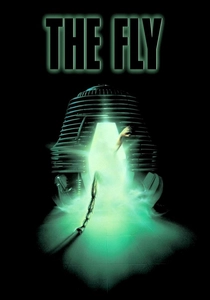
The Fly (1986)
Description: A science fiction horror film that explores themes of transformation and the consequences of scientific experimentation gone wrong, much like the reference title. It delves into the psychological and physical deterioration of its protagonist.
Fact: The film's special effects were groundbreaking for its time, particularly the grotesque transformation sequences. It was a remake of the 1958 film of the same name.
 Watch Now
Watch Now 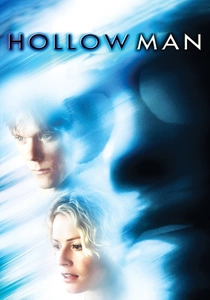
Hollow Man (2000)
Description: A modern take on the concept of invisibility, focusing on the moral and ethical dilemmas faced by a scientist who becomes invisible. The film shares themes of power, corruption, and the loss of humanity.
Fact: The visual effects in this film were highly praised, especially the scenes depicting the protagonist's gradual invisibility. It was inspired by H.G. Wells' novel, similar to the reference title.
 Watch Now
Watch Now 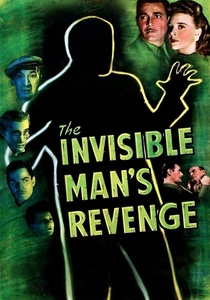
The Invisible Man's Revenge (1944)
Description: Another sequel that explores the darker side of invisibility, focusing on revenge and the descent into madness. The film's themes of power and corruption align closely with the reference title.
Fact: This film introduced a new method for achieving invisibility, involving a serum derived from a rare flower. It was the last in the original Invisible Man series.
 Watch Now
Watch Now 
